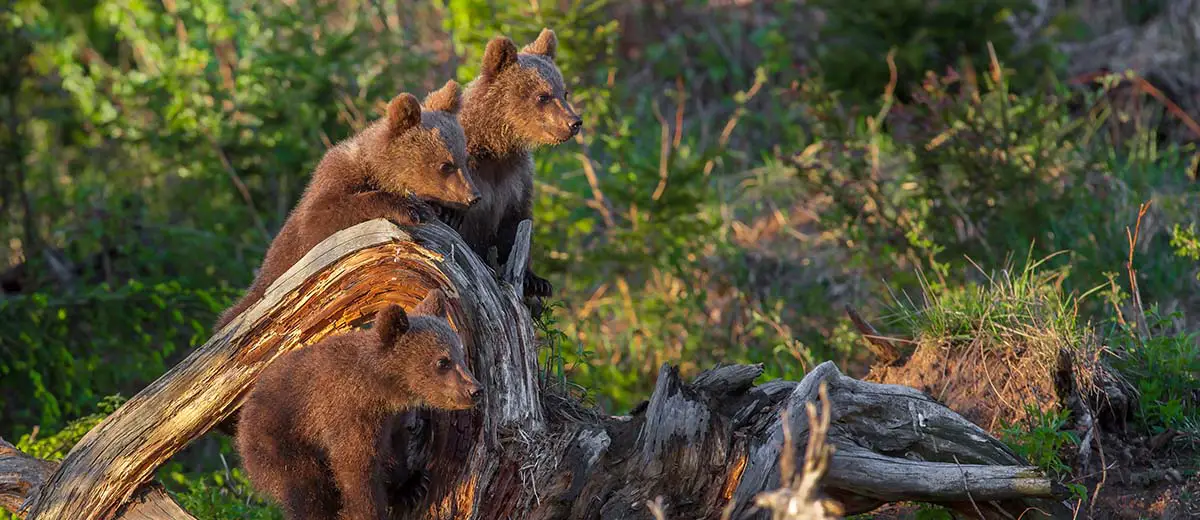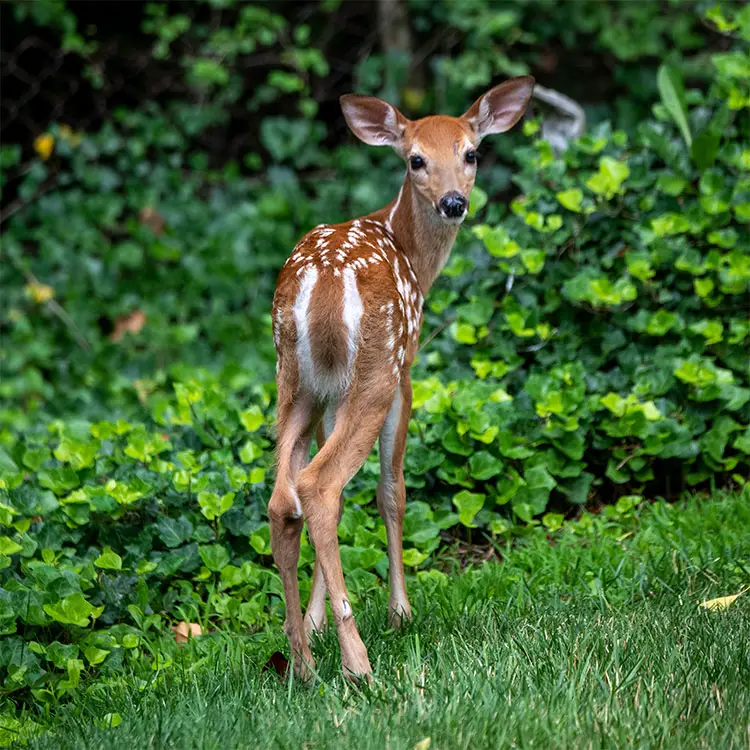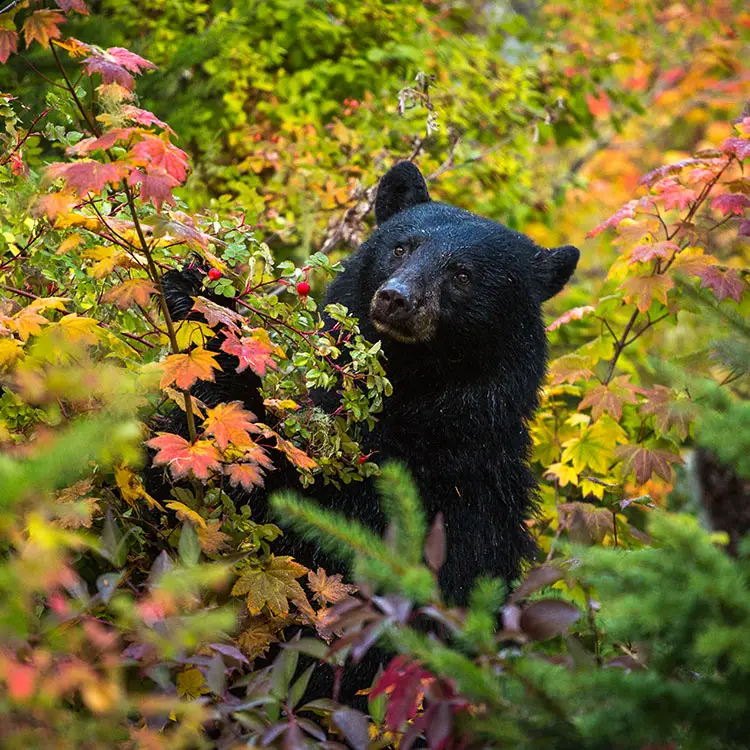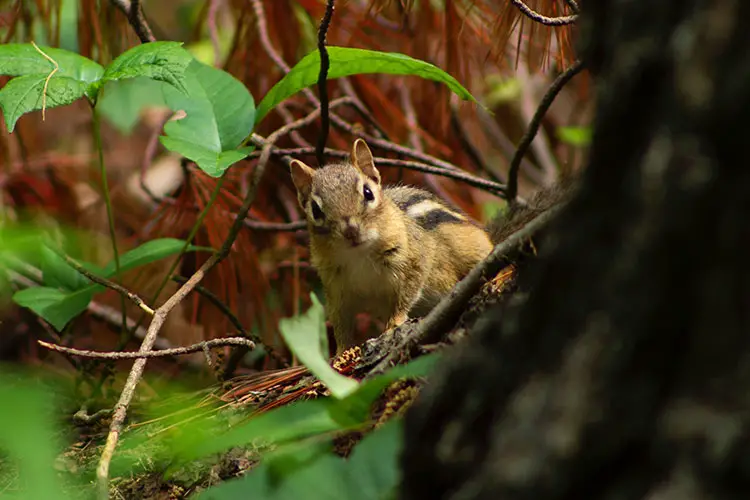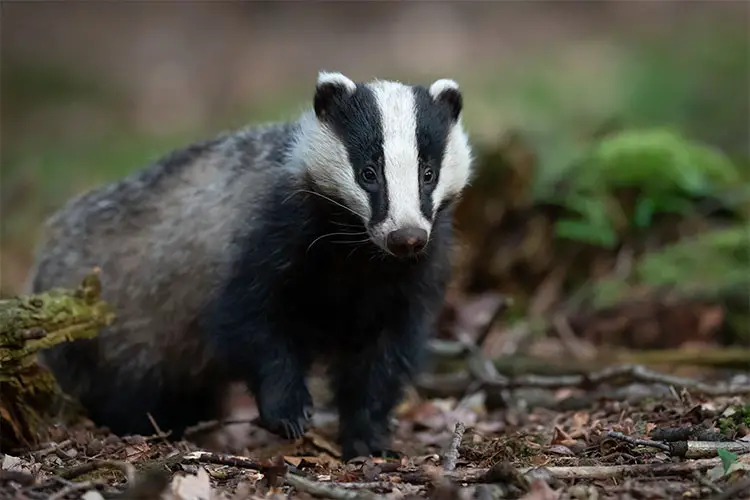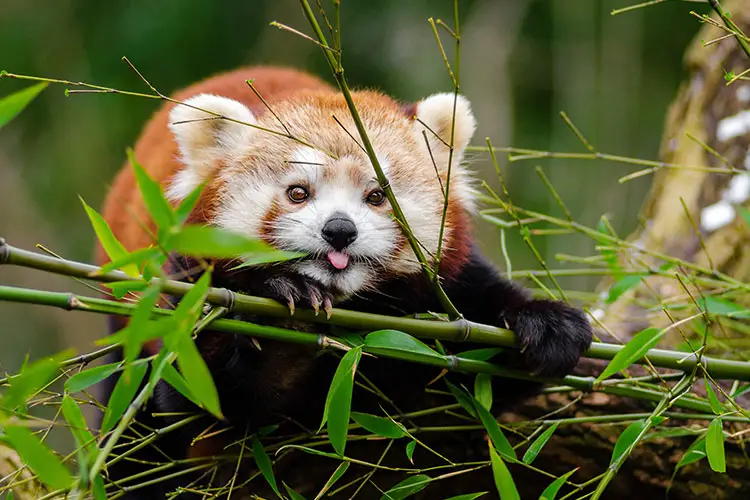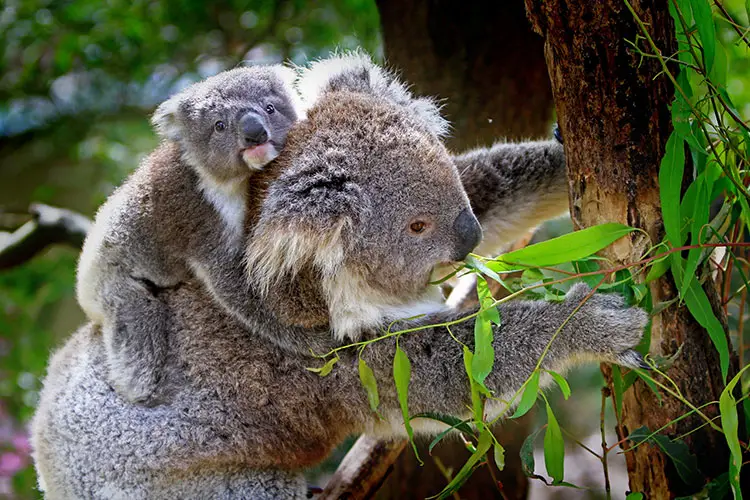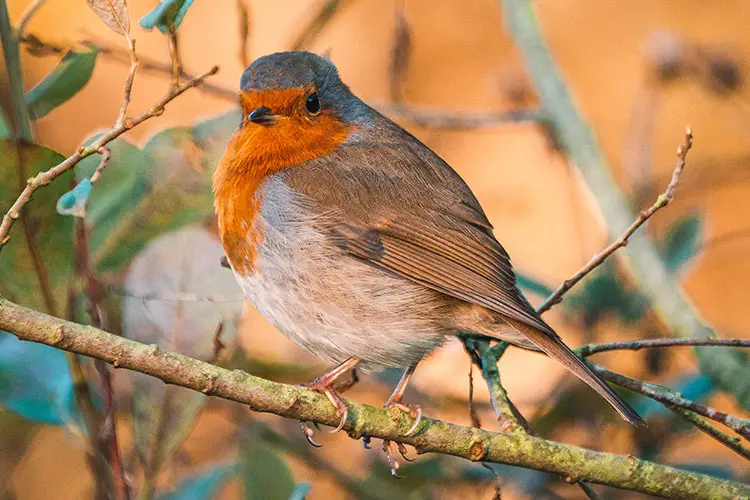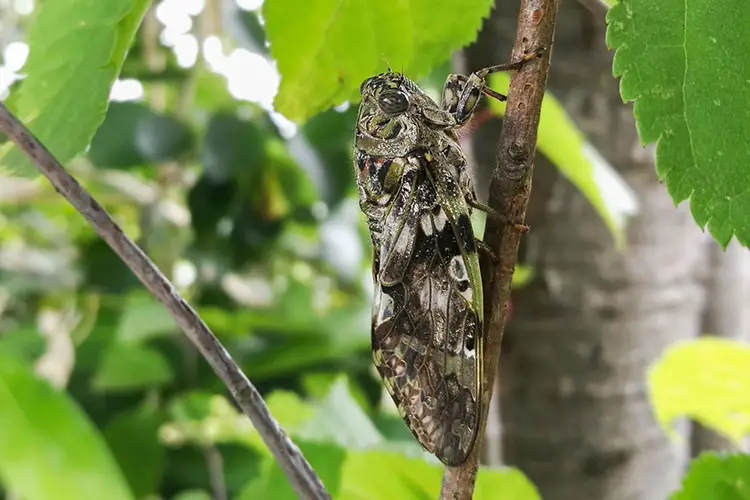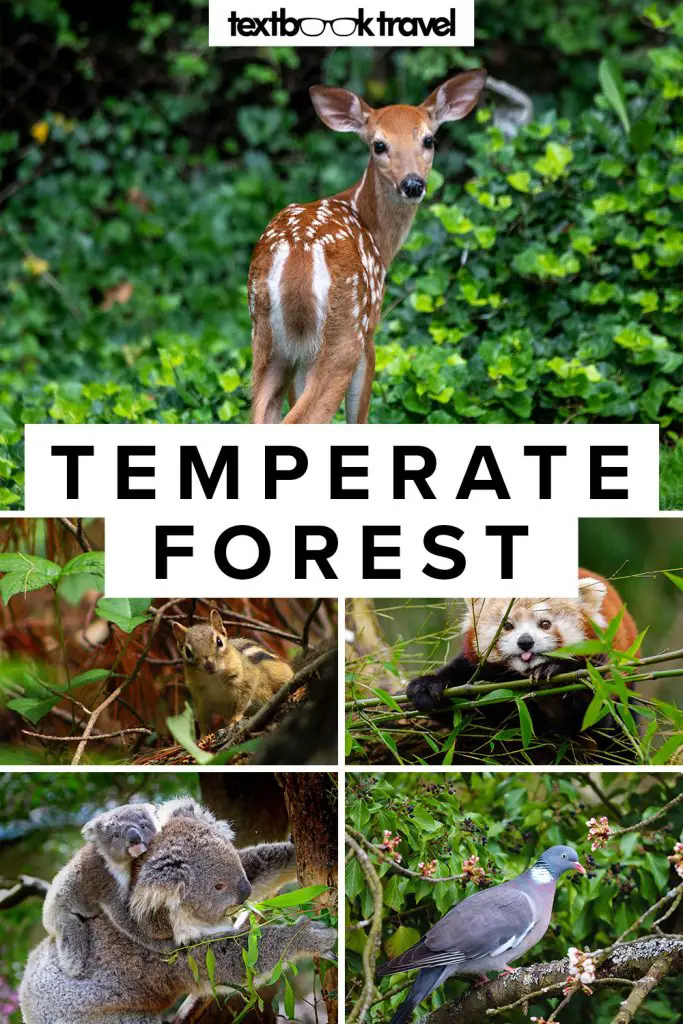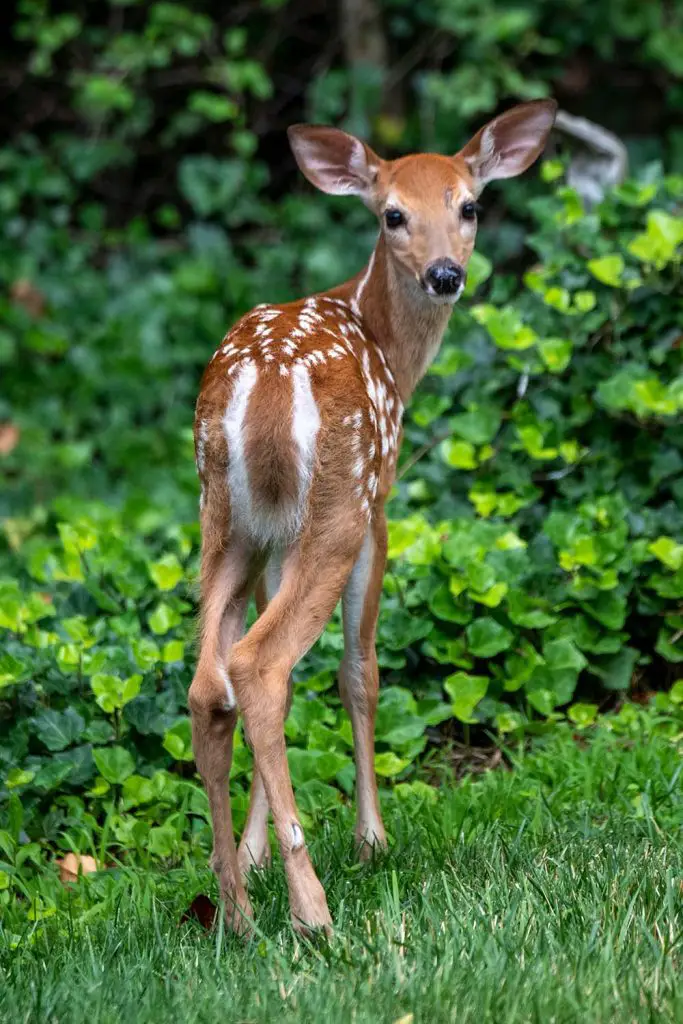Animals of the Temperate Forest Biome
The word temperate denotes a mild climate, not too hot, not too cold. Kind of like baby bear’s porridge in Goldilocks… juuuust right! The vast majority of the world’s temperate forests are found in North America and Eurasia, however, there are also areas of this biome in southern South America, southern Africa and Australasia, which provide some interesting diversity. The trees here are mostly deciduous and bear large leaves, which famously turn red, yellow, and orange in the autumn before shedding to the ground and regrowing in spring. Wildflowers brighten up the forest floor, which is covered in mosses, ferns and other small plants. There are noticeably fewer large mammals in temperate forests but, thanks to an increase in precipitation and milder temperatures, all kinds of amphibians and reptiles finally come out to play.
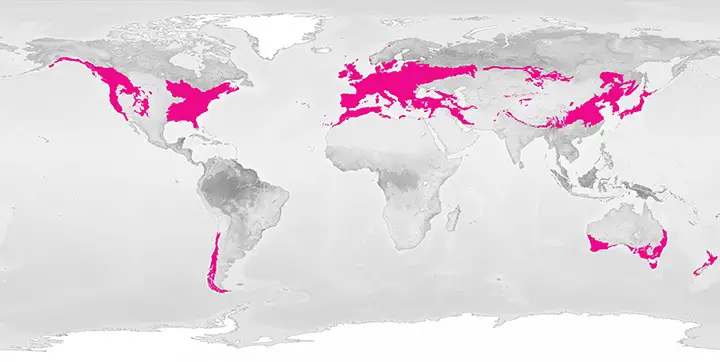
One of the most common families of primary consumers in this biome are deer; moose will venture into temperate forests but smaller species such as white-tailed, red and sika deer are much more common. Stalking the deer are large predators such as cougars and timber wolves. Cougars in particular have a massive range spanning multiple biomes from the temperate forests of North America to the tropical forests and grasslands of South America. Bobcats are another feline found in this biome; a smaller relative of the Canadian and Eurasian Lynx. Black bears, who live further south than their brown-pelaged cousins, are also present in the temperate forest where they spend a great deal of time snacking on berries and tree shrubs.
Left – White-tailed deer fawn | Unsplash: Robert Woeger & Right – Adult black bear eating berries
Most of the mammals in the temperate forest biome are much smaller and can be found feasting on leaves and nuts in the trees or scurrying around on the forest floor. Badgers, hedgehogs and tree squirrels are common in the forests of Europe while chipmunks and racoons are found in North America. Similar to the den of a fox, badgers live underground in networks of tunnels called sets. They spend their days digging for earthworms and various insects and are also known to hunt other small mammals, birds and amphibians. Tree squirrels and chipmunks are from the same family, Sciuridae, and are well-known for gnawing on nuts and seeds which they collect and bury in the ground.
Left – Chipmunk | Unsplash: Victoria Bragg & Right – Adult badger | Unsplash: Vincent van Zalinge
Red Pandas are arboreal mammals endemic to the temperate forest regions of the Himalayas; they are unrelated to the giant panda but also feed mostly on bamboo—although, being a member of Carnivora, will also hunt small mammals and birds. Koalas are found solely on the west coast of Australia and their range covers both temperate and tropical forests. When they are not sleeping (20+ hours per day!), they spend their day slowly traversing the forest canopy, feasting mainly on the leaves of eucalyptus trees.
Left – Red panda eating bamboo | Pixabay: Pexels & Right – Mother koala and joey | Pixabay: Holger Detje
The birds of the temperate forest are plentiful and range from pigeons, robins and tits to jays, warblers and hawks. Although pigeons are most well-known for eating bread in city parks (think Home Alone 2) in fact, the pigeon family—Columbidae—is one of the most varied bird families in the world and is found on every continent apart from Antarctica. Robins are inquisitive birds who exhibit a beautiful red plumage on their chest and face; much like badgers, they spend their day hunting for earthworms and both males and females can be heard warbling to each other before sunrise during the breeding season.
Left – Wood Pigeon perched in a cherry tree | Pixabay: Manfred Richter & Right – Robin | Unsplash: Alfred Kenneally
Garter snakes are found throughout much of North America where they hunt amphibians, lizards, rodents and even slugs! Insects are also plentiful in the temperate forest biome; many species of the order Lepidoptera use the underside of leaves to lay their eggs, which transform into caterpillars and eventually blossom into multicoloured butterflies and moths. Bees, wasps and cicadas are among some of the many other insects who call this biome their home. In addition, thanks to increased precipitation and milder temperatures that prevent freezing for most of the year, amphibians such as toads, frogs and salamanders enjoy the damp forest floor.
Left – Cicada in the forests of Japan | Pixabay: Shigeki Umeta & Right – Garter Snake | Pixabay: Nature-Pix
Excuse me! Are you on Pinterest?! Here are a couple of pins! Right: Robert Woeger on Unsplash
